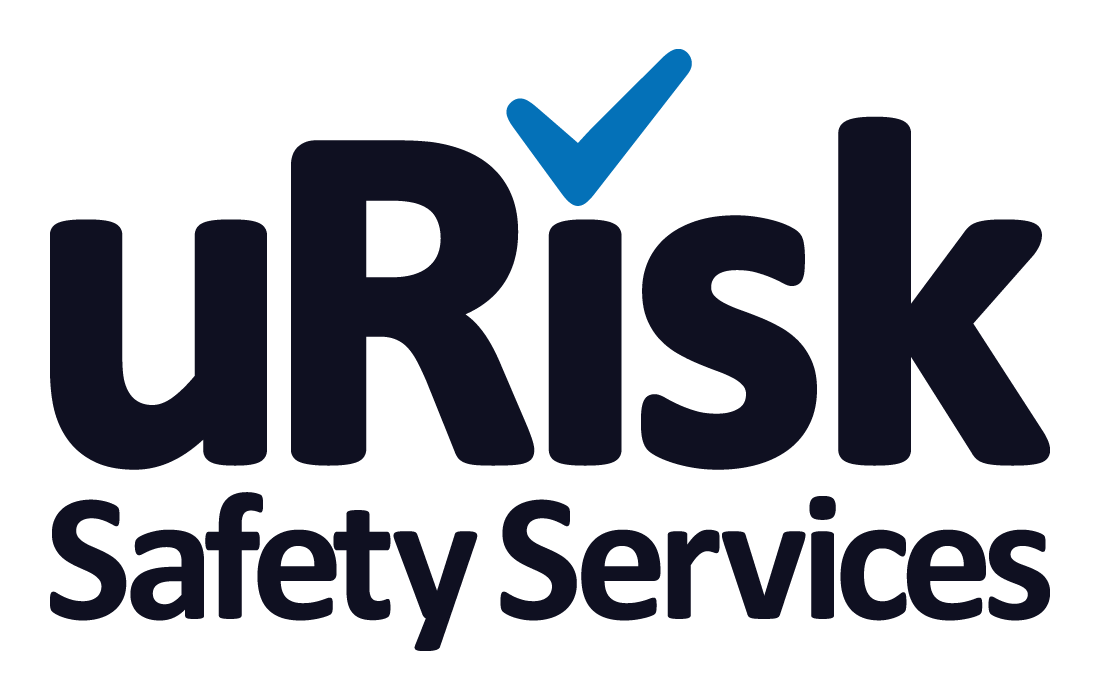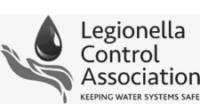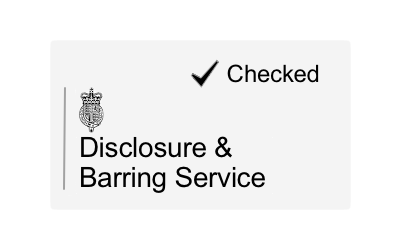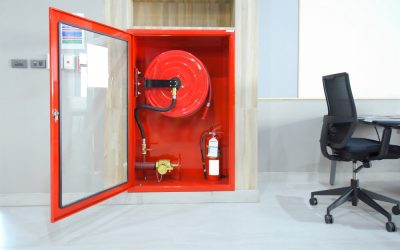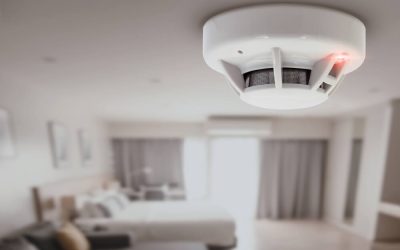Legionella in Swimming Pools
You may think that because chlorine is routinely used to disinfect the water, legionella isn’t going to be a problem in swimming pools. Chlorine kills bacteria and pathogens at the same time as controlling algae and making pools cleaner and safer to swim in. Water safety for swimmers is further improved with the addition of filters, other chemicals and regular testing.
However, the legionella bacterium is still found in and around swimming pools. Even though the likelihood of finding the bacteria in chlorinated water is much reduced, studies – like the one carried out in swimming pools in the Italian city of Bologna – have still found there can be a legionella presence in swimming pool water.
Swimming Pool Showers
The main area where legionella is likely to be found more frequently is in the showers around the swimming pool. This is especially the case when it comes to showers with tepid water. In the Bologna study, 19 instances of legionella were found in showers, all of which had water that was heated to less than 43oC. The bacterium was not found in showers with water hotter than this.
In a later study, 36 recreational facilities that included swimming pools were tested. Legionella was discovered in 41 of 160 samples taken from shower heads and taps, and the bacterium was most frequently present in water that was below 30oC.
A 2021 study also tested the air quality in the showers and restrooms of a recreation centre with a swimming pool, concluding that: “Air sampling may offer the advantage of giving more representative data about microbial presence in restrooms, including bacterial species transmitted through aerosol, like Legionella.”
The Importance of Good Maintenance
In the US between 2000 and 2014, the Centers for Disease Control (CDC) noted that the number of outbreaks of legionella in recreational water increased by 14% per year. In total, there were 624 legionella cases, resulting in the deaths of six people. Researchers noted that even though chlorine is an effective way of controlling legionella, the bacteria can persist in biofilm, which is not easy to clean, enabling the bacteria to amplify in poorly disinfected areas. In fact, they discovered that around 20% of routine inspections identified improper disinfectant concentrations.
The clear message, therefore, is that you cannot afford to take your eye off the ball when it comes to the legionella bacteria, even in swimming pools where the use of chlorine is such an effective disinfectant. Thorough cleaning and maintenance, the use of water above 43oC in temperature in showers and sinks, and regular testing must be part of your risk management strategy.
Book an appointment for a legionella risk assessment to make sure that you and your staff are doing everything possible to protect swimmers from contracting Legionnaires’ disease.
Legionella and Water Hygiene Blog Posts
Office Fire Risk Assessment
As you would expect, keeping your office safe from the risk of fire is a legal requirement under the Regulatory Reform (Fire Safety) Order 2005. If you are the owner or manager of a business, or landlord of an office building, it is your responsibility to ensure your...
Fire Risk Assessment For Flats
Your legal requirements as a landlord include taking precautions to keep your tenants safe, including when it comes to the risk of fire in flats. As part of the fire safety regulations, fire risk assessments for flats is therefore part of your legal obligation to...
Getting A Risk Assessment For Fire in the UK
As an employer, landlord or facilities manager, it is your legal responsibility to keep everyone who uses your premises safe. A fire risk assessment is an important part of this because it identifies what might cause a fire so you can take steps to prevent one, as...
